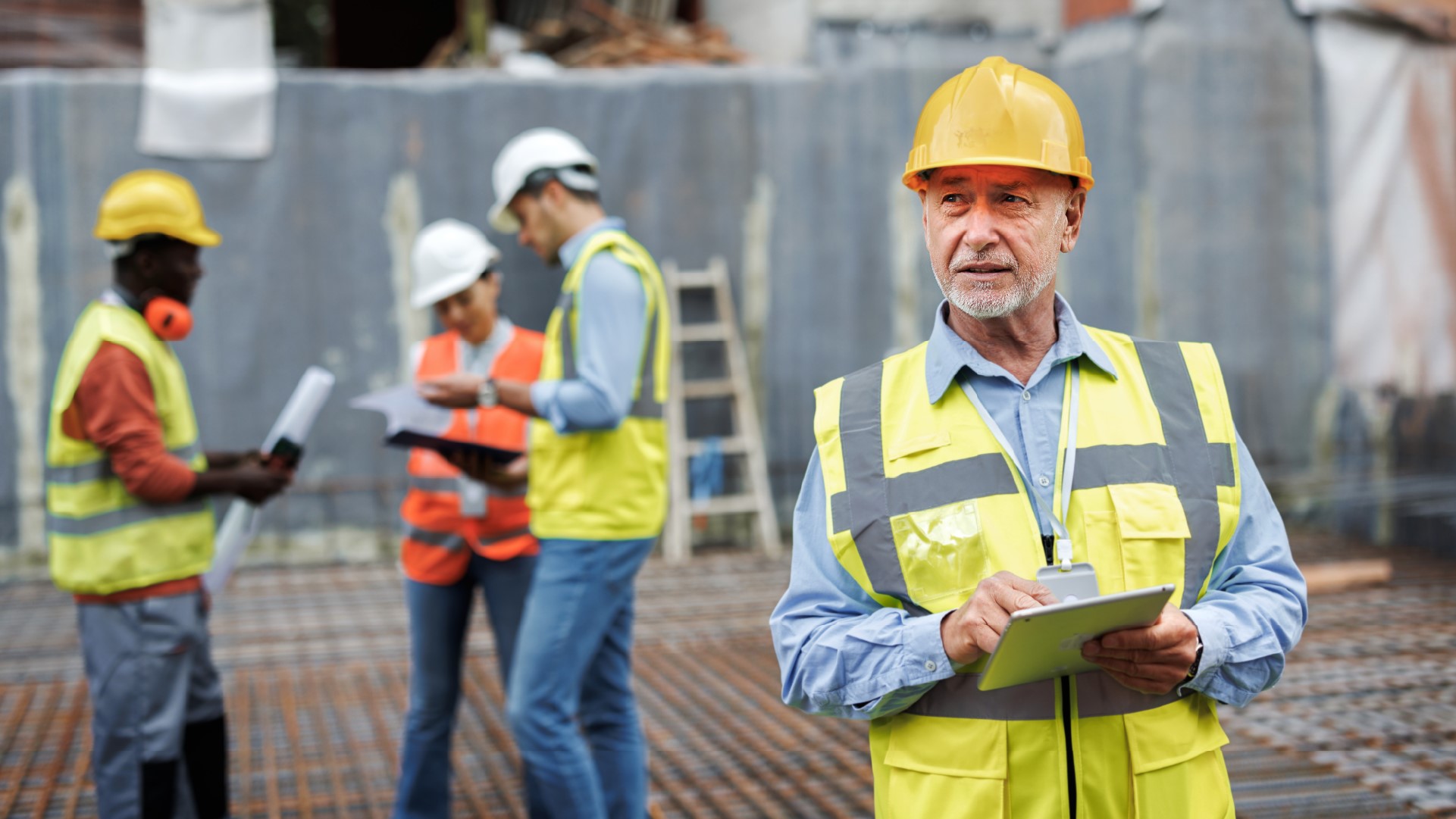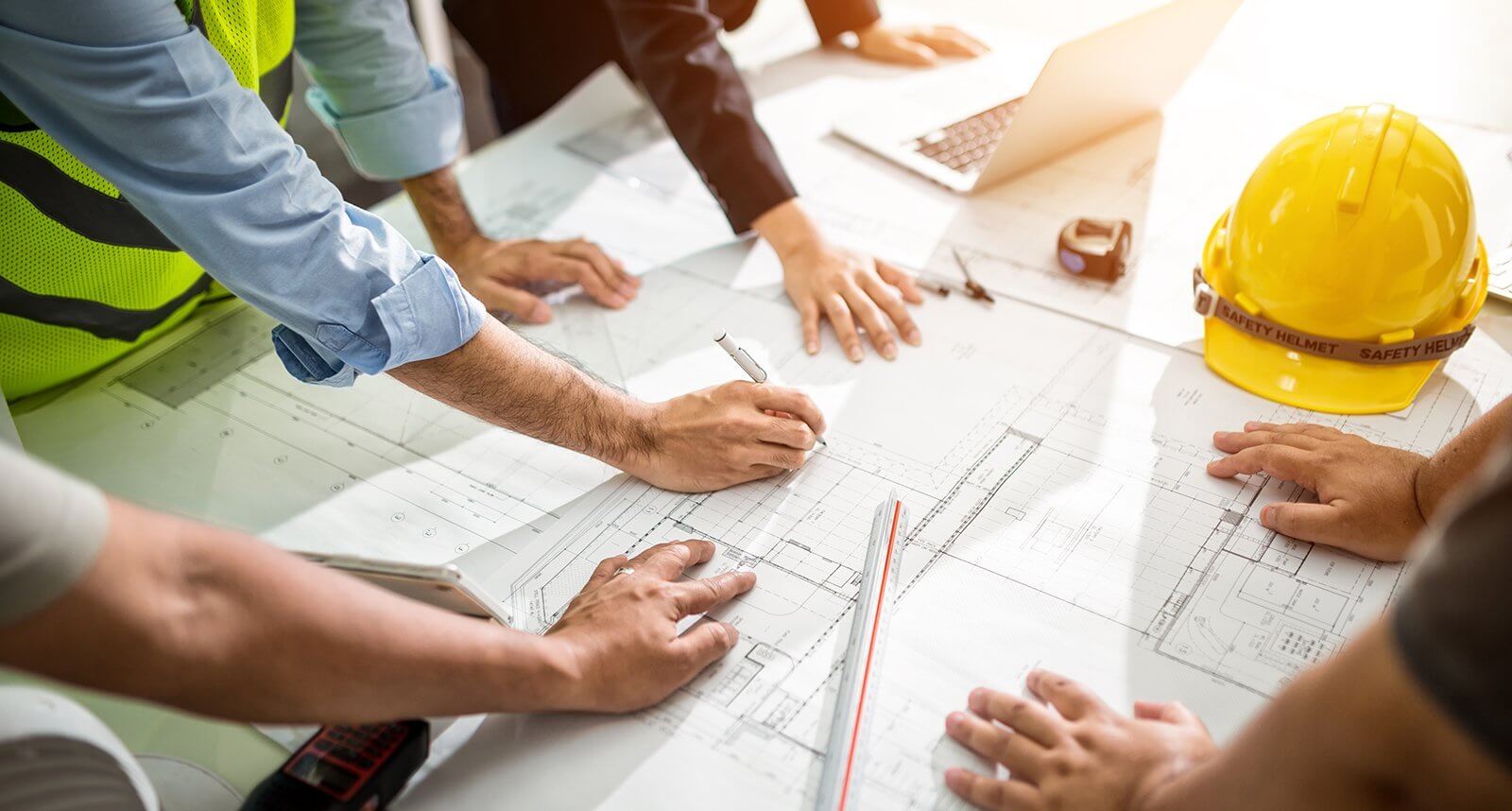by Jeffrey C Kadlowec, Architect
Abstract
Construction is a growing industry with major impacts to the economy. Risk assessment is vital to the successful project completion. Quality work should be completed on time and within budget. This process begins with identification, followed by analysis to determine relative severity of threats. Plans and procedures can then be developed to reduce or eliminate the risks. Risk management, including training and policies, should be implemented on jobsites to ensure a health and safety of work environment.
Keywords: risk assessment, risk management, safety measures

Risk Assessment
Construction has become one of the fastest growing industries with significant impacts on local economies [Deokar 2022]. Proper planning and management of risks is essential in completing large (and small) development projects on schedule, within budget, and at good quality. That process involves analyzing various risks, classifying them by impact and probability, and formulating mitigation plans. Improved performance and practical recommendations can be obtained by predicting risks and through development of response methods.
Identification of risks by survey of established construction companies in the following categories: 1) technical, 2) financial, 3) logistical, 4) management, 5) political, and 6) environmental. Assigning values for each risk based on 1) probability, 2) impact, 3) urgency, and 4) priority allowed for analysis of these threats [Deokar 2022]. The implied data was then tabulated in a risk assessment matrix (RAM) to illustrated the relative severity of those hazards – “activities, processes or substances that can cause harm.” [Akin-Adamu 2020] Table 1 is an example of such a matrix. Extreme risks are the most critical and can lead to multiple fatalities; these are considered high priority. High risks could result in single fatalities or fatal injuries; immediate action must be taken to prevent them. Medium risks may cause major or minor injuries; reasonable strategies or specific steps should be implement to reduce their likelihood. Low risks could be ignored, but helping avoid them will improve overall project performance.
Table 1. Risk Assessment Matrix (RAM) [Akin-Adamu 2020]

Most infrastructure projects fail to meet time and cost constraints, leading to a low return on investment (ROI) [Gupta 2018]. These projects are essential for healthy and sustainable growth of local economies. Risks and uncertainties inherent at every stage of development must be managed through integrated methodology to achieve required objectives. Project Risk Management (PRM) is the process of planning, identifying, analyzing, and responding. Responses to risks are classified as 1) avoidance, 2) transfer, 3) mitigation, and 4) acceptance. According to the Project Management Institute (PMI), risk management is one of nine elements for project success [Gupta 2018]. Quantifying risk factors is a crucial part of that process.
Construction is an extremely hazardous industry resulting in frequent illnesses and injuries, and occasional fatalities. Aside from the obvious impact on health and safety, there is an added cost from workers’ compensation insurance, medical care and lost productivity [Pinto 2011]. Occupational risk assessment (ORA) identifies a series of influencing including economic and time pressure, lack of coordination, poor communication, changing worksite, inadequate training, worker fatigue, improper equipment, and absence of protection. Comparative review of data related to accidents by work type reveals roofing and excavation work as the most hazardous (85%), followed by curtain wall and reinforced concrete (50%). Structural steel, wall framing and foundations (mid 30%) are next in terms of relative severity [Lee 2012].
Research of the construction industry has concluded that risks which can be avoided should be prevented to lessen the number of accidents on jobsites [Thabit 2018]. Strict regulations, clearly defined rules, and understandable guidelines will reduce or eliminate hazards experienced by tradesmen and laborers. Adequate training and enforceable policies can further manage risks in the workplace. Carelessness could lead to injuries of workers and others. Protective equipment must be required by management. Safety measures must be posted with reminders made during meetings. First aid and washing facilities should be provided around site. Accidents can be reported and investigated to determine the causes (see Fig 1). It is the responsibility of everyone to ensure a safe work environment.

Figure 1. Analyzing Causes [Thabit 2018]
References
Akin-Adamu, Ayodele. (2020). Importance of Risk Assessment in the Construction Industry. YCEF Technical Interactions Bulletin. 1(1):1-17.
Deokar, Rohit & Salgude, Rohit. (2022). Risk Assessment of Construction Building Projects. International Research Journal of Engineering and Technology. 09:06.
Gupta, V K, Thakkar, J J. (2018). A quantitative risk assessment methodology for construction project. Sādhanā. 43, 116. 10.1007/s12046-018-0846-6.
Lee, Hyun-Soo; Kim, Hyunsoo; Park, Moonseo; Teo, Evelyn & Lee, Kwang-Pyo. (2012). Construction Risk Assessment Using Site Influence Factors. America Society of Civil Engineers. DOI: 10.1061/(ASCE)CP.1943-5487.0000146.
Pinto, Abel; Nunes, Isabel & Ribeiro, Rita. (2011). Occupational risk assessment in Construction industry: Overview and Reflection. Safety Science. 49:5. 10.1016/j.ssci.2011.01.003.
Thabit, Thabit & Younus, Saif. (2018). Risk Assessment and Management in Construction Industries. International Journal of Research and Engineering. 5:2. dx.doi.org/10.21276/ijre.2018.5.2.3.



